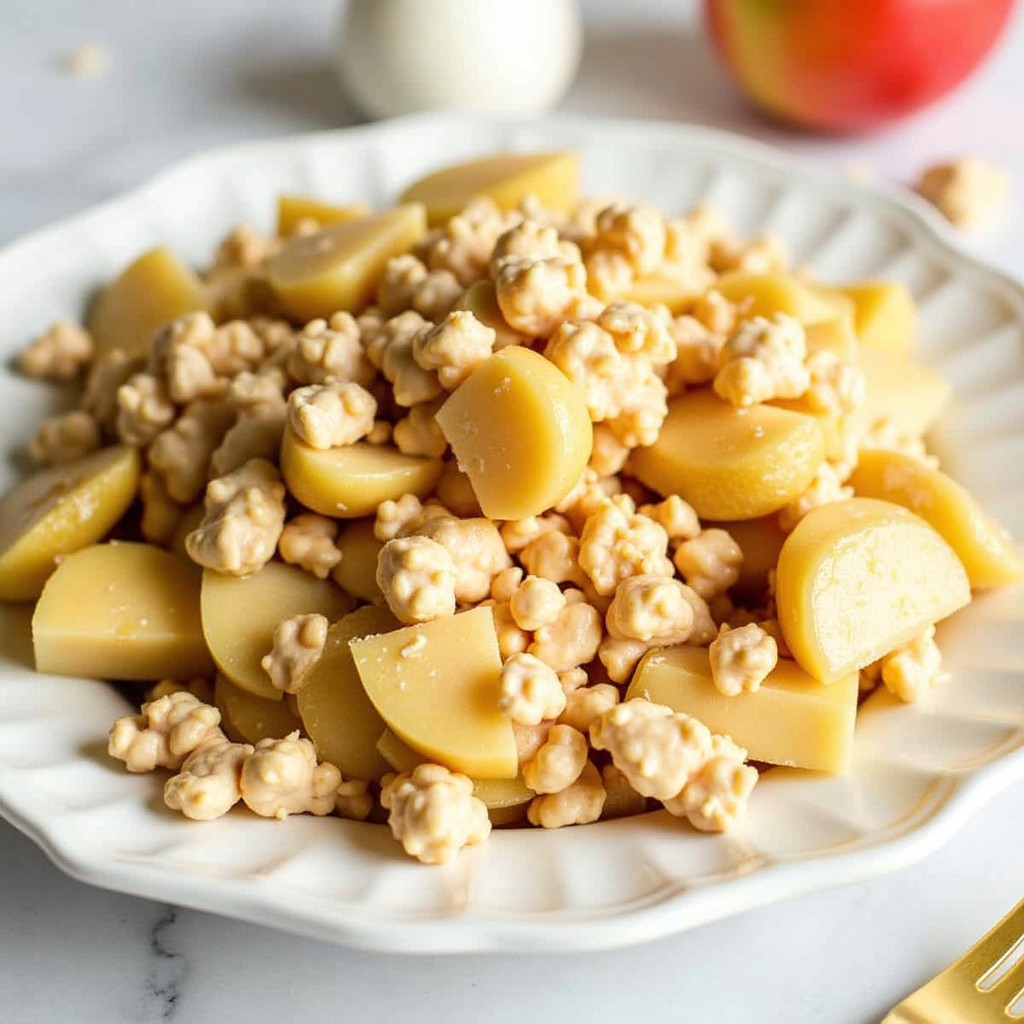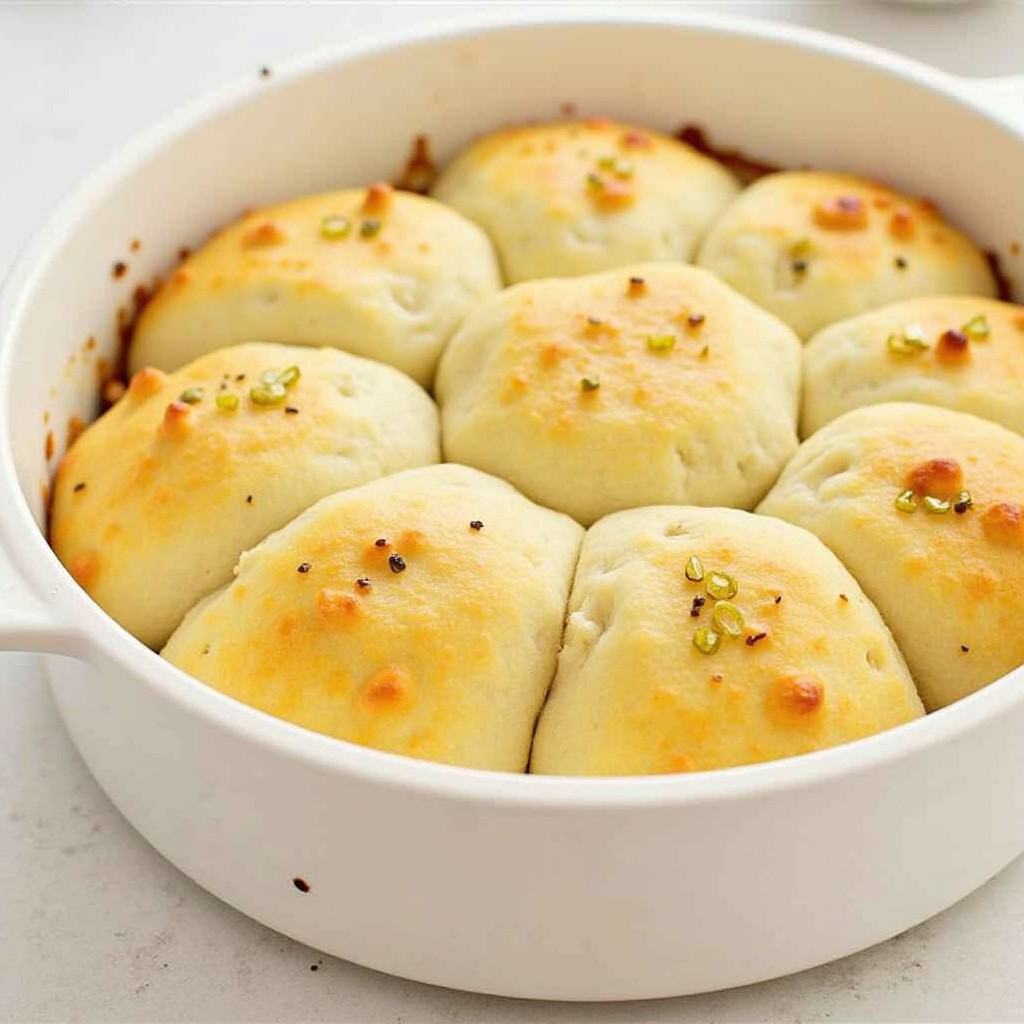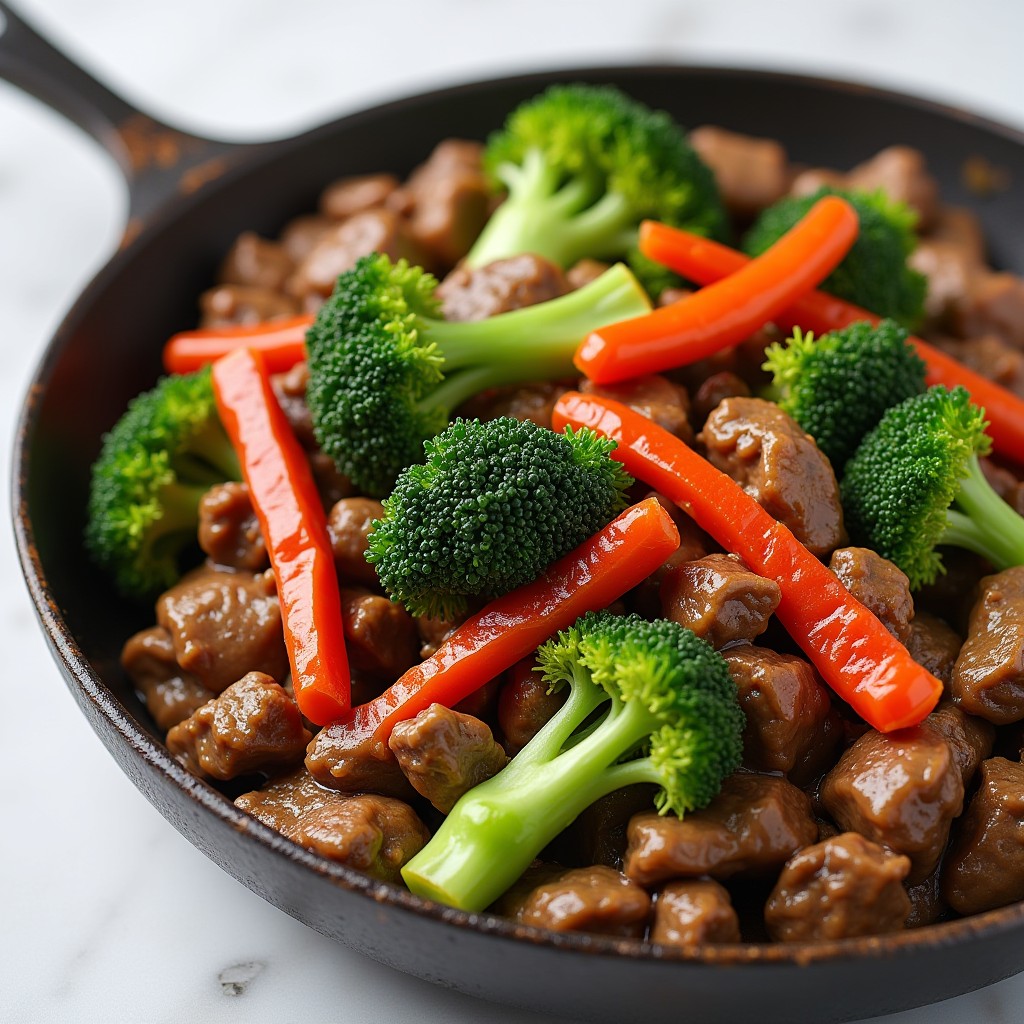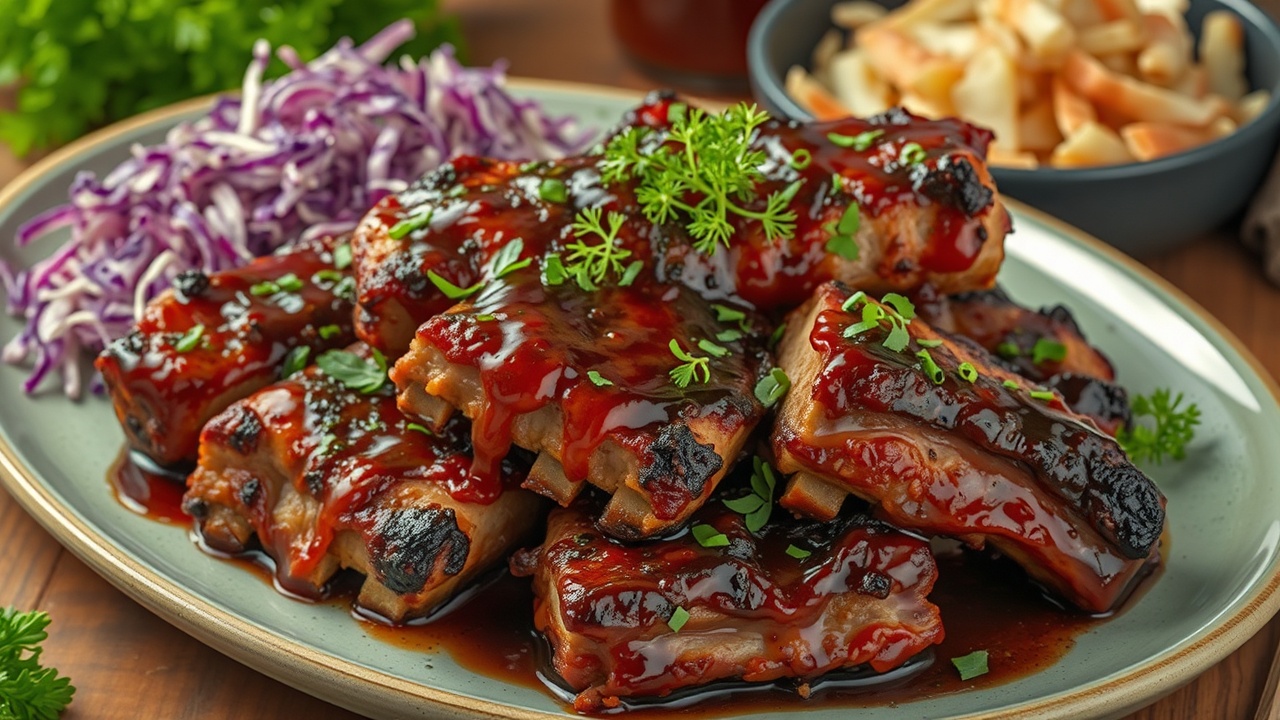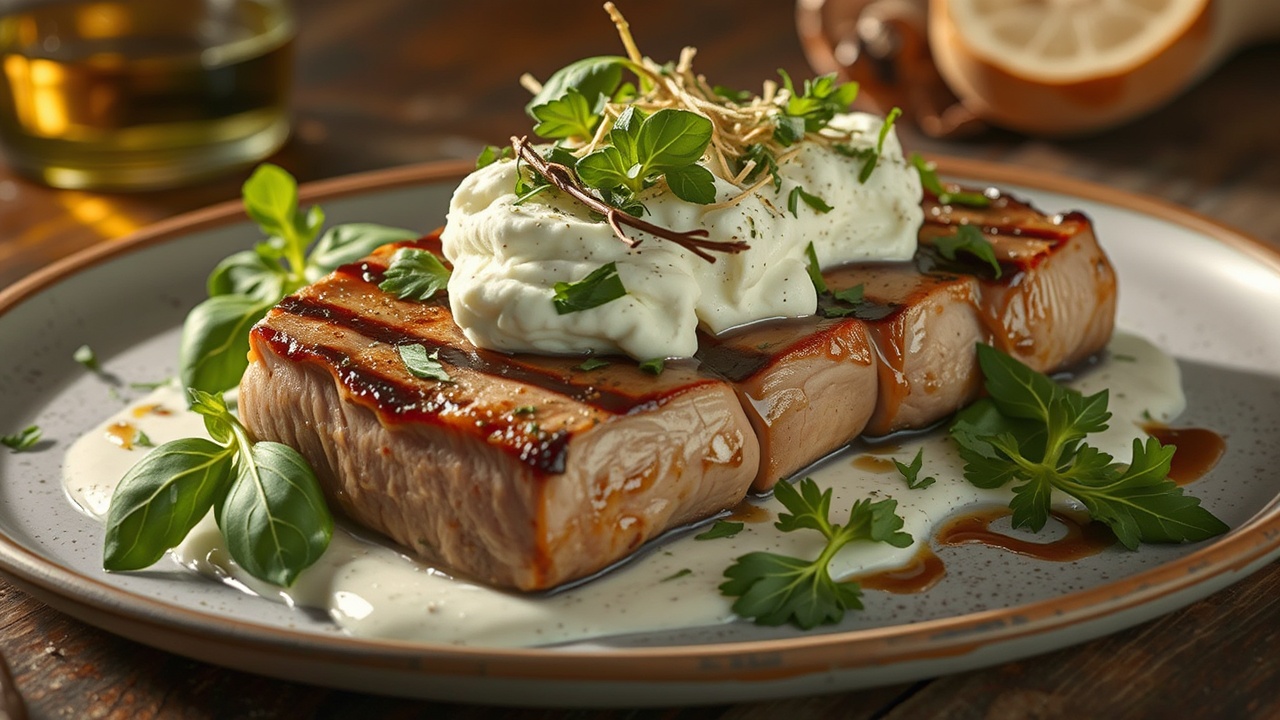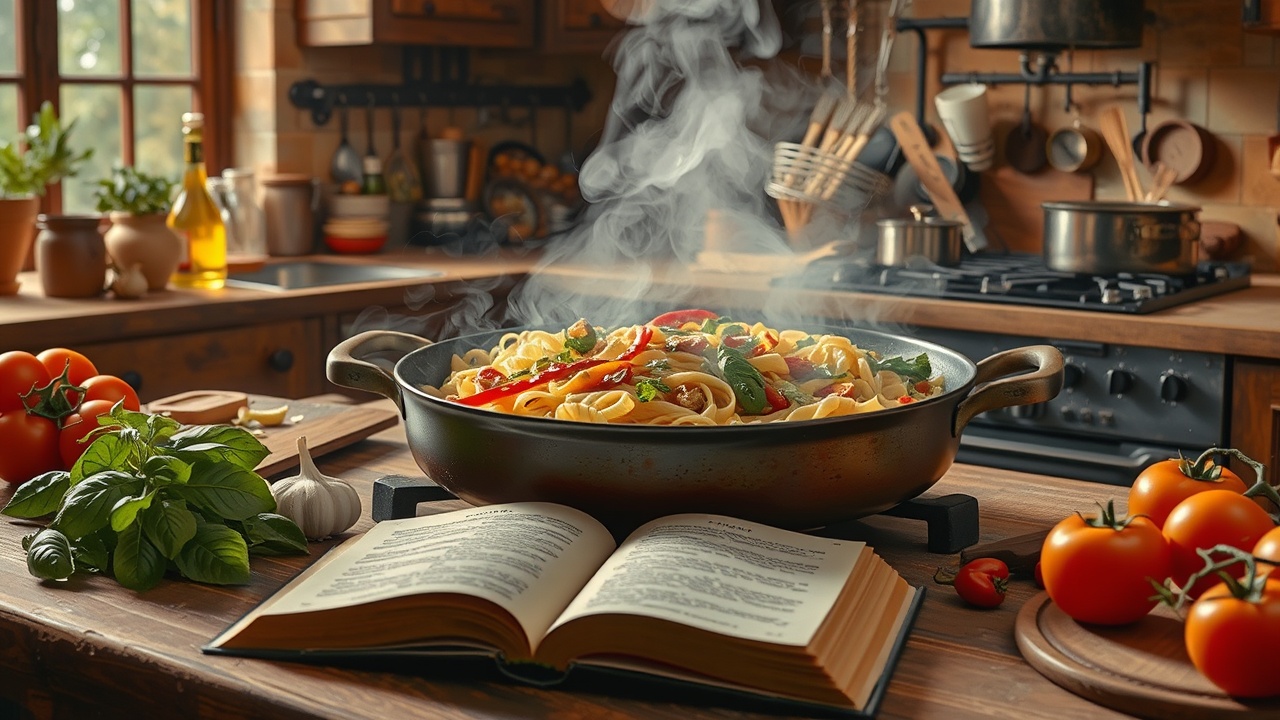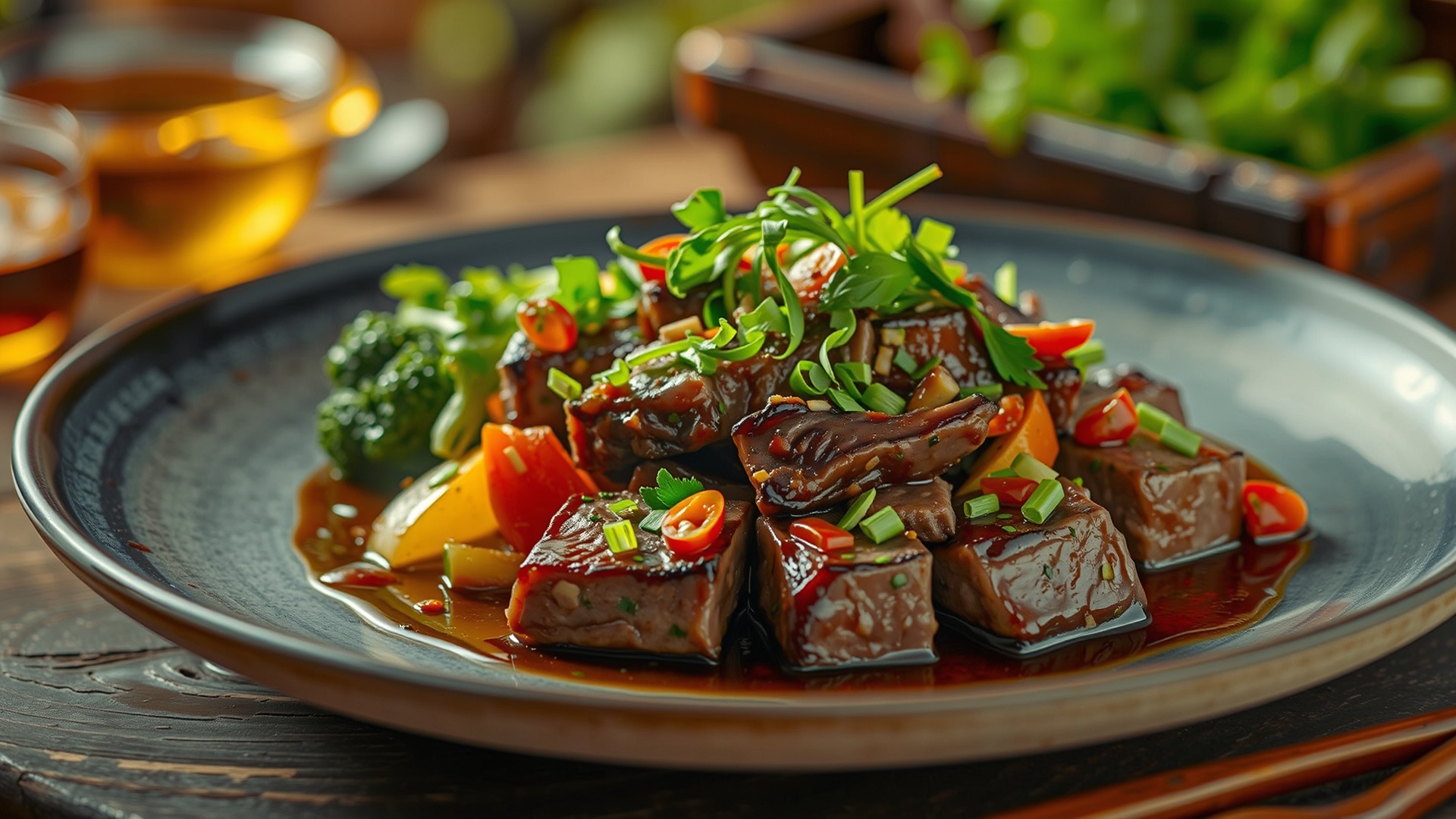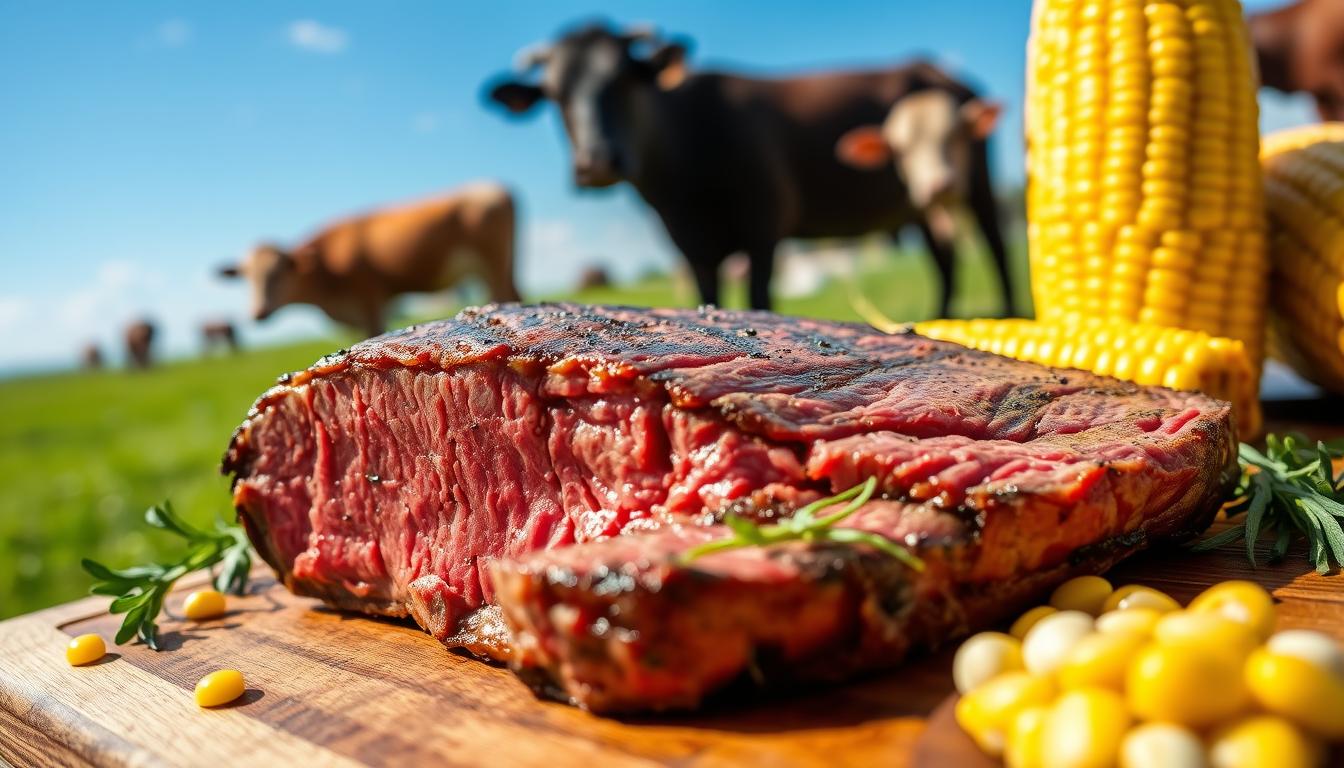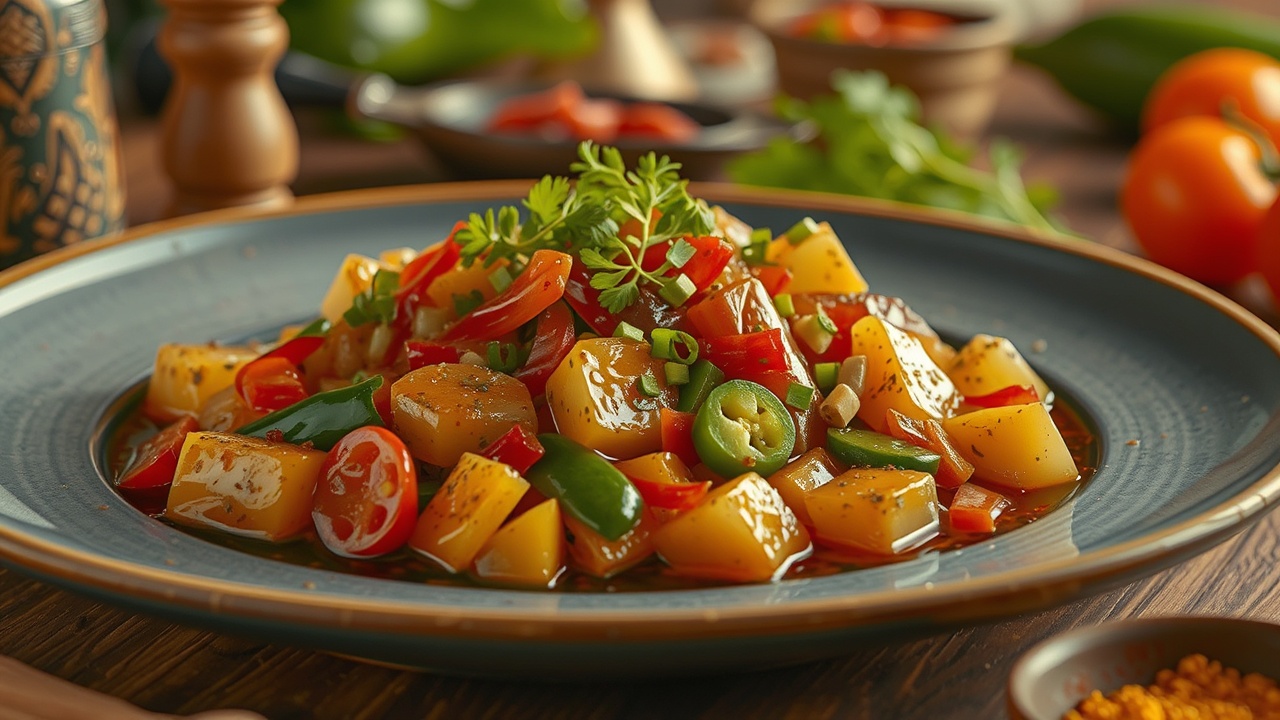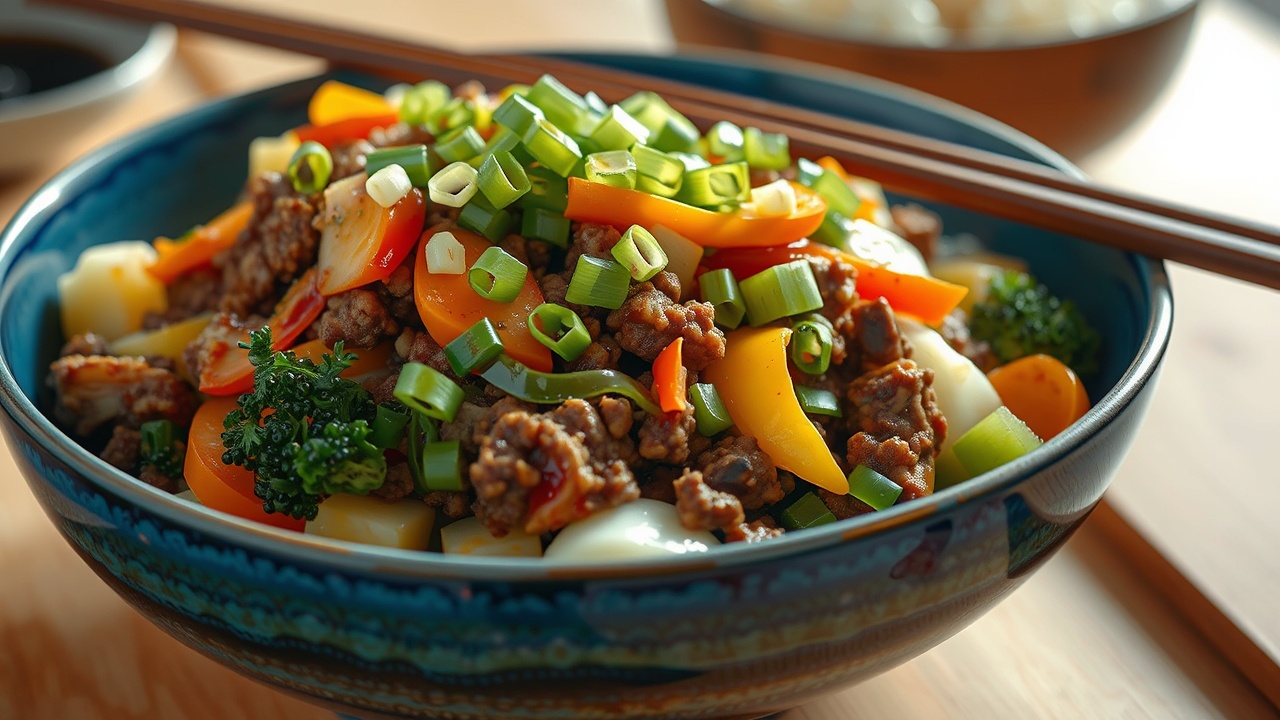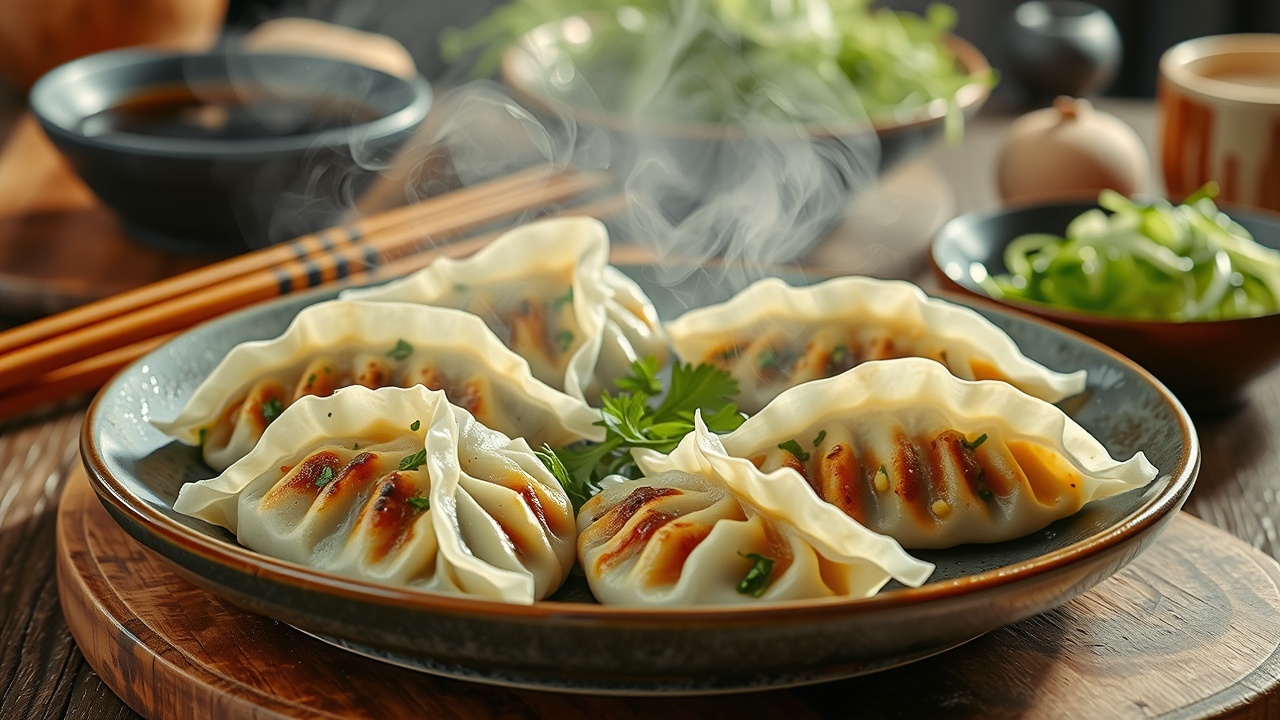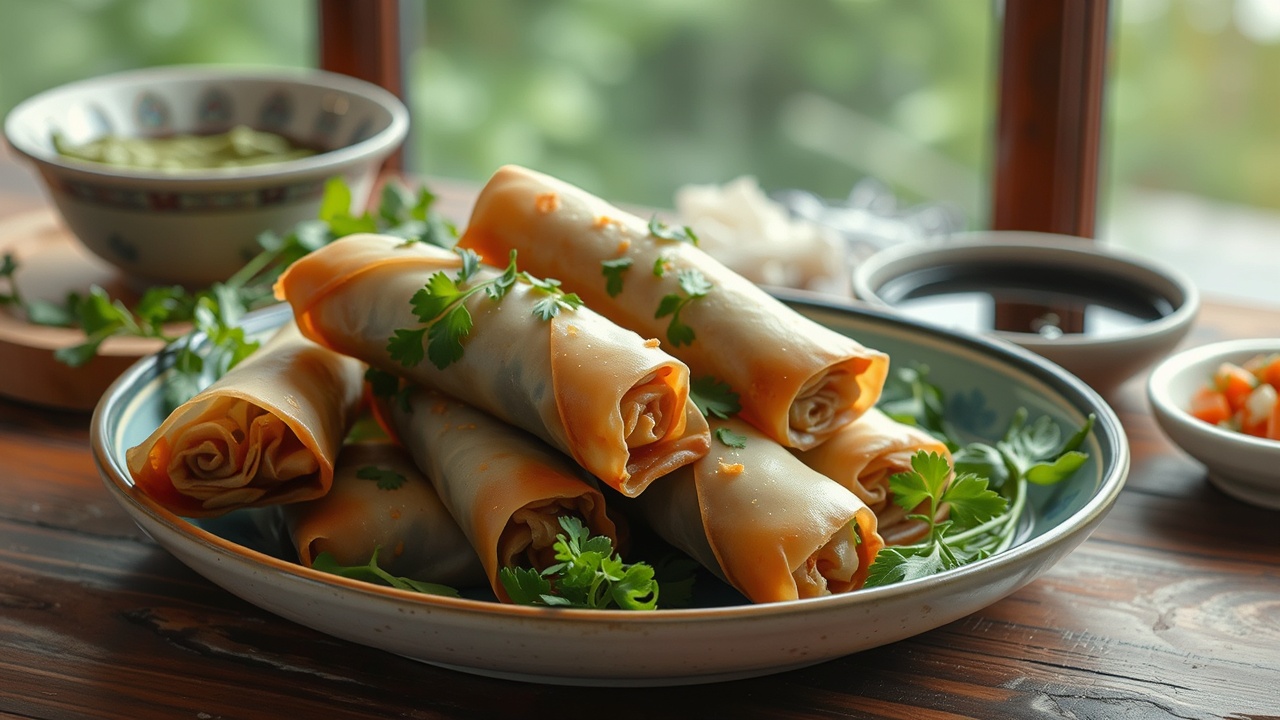When you dig in, though it is often the Japanese Gyoza dumplings that steal the show and star of this dish — its accompanied gyoza sauce really takes them to another level! The combination of the rich, flavourful and sometimes spicy dipping broth with these juicy inside yet crispy skinned dumplings creates an addictive pack full of mouth watering flavors.
If you plan to make your own gyoza from scratch or even just cracking open a pack of pre-made dumplings at home, this homemade gyoza sauce recipe will do wonders in enhancing the overall dish.


What is Gyoza Sauce?
Gyoza sauce is essentially a mixture of soy and vinegar, sometimes with a tinge of sweet or spice. The sauce is meant to boost the umami in a pork-chicken-vegetable gyoza filling, and reinforce the change between juicy-dumpling-skin-to-crispy sides. On the side, bite-sized bowls of sauce accompany each dumpling to be savored one at a time.
The History Behind Gyoza
But before we get to the recipe, let´s take a quick look at gyoza and its background. Gyozas are one of the bases in Japanese cuisine with origins dating back to Chinese cooking Gyoza was derived from the Chinese “jiaozi” dumpling which gained prominence in Japan during early 20th century. The Japanese took the recipe and created gyoza by thinning out the skin wrapping to be much thinner than jiaozi, also they mince filling ingredients finely. The sauces that were served accompanying gyoza at this time began to come into their own, with each family passing down its take on the traditional recipe which considerably adds a unique taste of these delightful sauce for gyoza.
Ingredients for Gyoza Sauce
Most of us love this gyoza sauce for its simplicity and versatility. Dip or drizzle this combo over any dumpling dish, and you have a killer sauce that resembles 50 of your average packed fridge sauces.
These are the base ingredients you will need:
- Soy sauce, 1/4 cup: Soy sauce is the base of this recipe and gives you all that saltiness and umami.
- 2 tbsp rice vinegar – the tangy taste to balance out against soya sauce.
- 1 tsp sesame oil: a bit nutty and slightly creamy addTarget
- 1 teaspoon chili oil (caliente, optional) – Ha! that means hot in Spanish.
- 1 garlic clove minced: An addition that adds a sharp, pungent flavor to the dish and beefs up its richness.
- 1 teaspoon sugar (if you would like a slightly sweet sauce, to balance the tang and saltiness)
- grated ginger: I used about 1/2 teaspoon but this is optional and only if you want to add some freshness, a little bit of kick.
- 1tablespoon chopped green onions: Garnish to add freshness and a pop of color
- Sesame seeds (optional): Give just a touch of crunch and added nuttiness from the fact they are likewise sesame oil-based garnish.
Method:
Step 1 The Base : Mix the Base Ingredients
First, take a small bowl and mix soy sauce with rice vinegar. Adding lemon juice in the record marinade recipe adds sometype of citrus flavor thus, I used it a lot while cooking because this mix is really good as salty and sour which are basic for traditional gyoza sauce.
Step 2: Drizzle with Sesame Oil/Optional Ingredients
Then add the sesame oil which gives to sauce that deeper richer nutty flavor. And if you prefer a spicy sauce, now’s the time to add chili oil. Add the minced garlic and grated ginger for additional taste. Those are optional ingredients that lend a subtle dimension of aroma to the sauce and is even more fragrant, finding all the layers. If you want it more on the sweet side, feel free to throw in a teaspoon of sugar.
Step 3: Garnish and Serve
Finish off the sauce with chopped green onions and sesame seeds. They not only give the sauce a bit of fresh, crunchy texture but make it look all that more appealing! Your sauce is now ready to be served with your home made gyoza. Serve it warm or at room temperature and enjoy!
Customizing Your Gyoza Sauce
The secret is that gyoza dipping sauce is actually pretty easy. The ingredients allows for easy substitution or customizing based on your likings and what you have in your kitchen. Customizing Your Sauce Here are a few ideas on how you could customize your sauce:
- Fiery Gyoza Sauce: If you’d like some fire added to the recipe, use extra chili oil or add a sprinkle of red pepper flakes. You can even splash a little Sriracha into the sauce for extra heat.
- Sweet & Spicy Gyoza Sauce: If you like your sauce on the sweeter side, consider adding another teaspoon of sugar or a small dash honey. You could also test other vinegars like apple cider vinegar or black rice vinegar to provide a different twist on flavor.
- Citrusy Gyoza Sauce: Fresh lime or lemon juice is a perfect way to add zing and freshness. The citrus work wonders with the soy sauce and provides a nice freshness to it.
Why This Gyoza Sauce Works
The essence of gyoza sauce lies in how well it accompanies the various flavors and consistency profiles that arise from dumplings. The filling in gyoza, which is a lovely salty and umami-rich affair becomes highlighted by the sweet rice vinegar as it cuts through some of that rich. Sesame oil gives it a slightly nutty flavor and also adds additional ingredients (garlic, ginger…) to make this sauce something special.
Not just gyoza, but it can also be served with other Asian-inspried dishes such as potstickers, spring rolls and tempura. You can get even more creative with shallot sauce making everything sexy, dipping steamed veg in it or marinating grilled meats and tofu.
Nutritional Benefits of Gyoza Sauce
Gyoza sauce is delicious, yet as far a condiments go it’s one of the healthiest gyoza dipping sauces. Made with low-sodium soy sauce instead of regular high-sodium soy and no other fattening ingredients like sugar or sesame oil, this combination has relatively few calories for such great flavor! Often used in recipes, rice vinegar is considered to offer a range of possible health benefits — ranging from improved digestion and weight loss promotion to powerful antioxidants. Additionally, the sesame oil in the sauce which is a healthy fat type (required for your brain function and cell growth) especially omega-6 fatty acids.
Pairing Gyoza Sauce with Other Dishes
This all-purpose dipping sauce can be used for gyoza, and much more:
- Where else: Eaten on lots of Asian finger foods such as shumai, tempura and spring rolls; used here with this Sichuan-spiced cauliflower.
- How to Use It: Marinade meats, tofu or veg before grilling or roasting
- Stir-frying: Stir into your stir fry for a fast flavorful fix. Simply drizzle it all over your cooked vegetables, tofu or meats and toss them together.
Final Thoughts: The Versatility of Gyoza Sauce
Bland store-bought or homemade gyoza can suggest that you simply need to make your own gyoza sauce; this difference may be just enough flavor bomb for what had been a boring day without any snacks nor take-out appeal. And it all starts with a few staple ingredients that come together to form something savory, tangy and delicious. As a bonus, the recipe is flexible so feel free to make it sweeter, spicier, or more citrusy depending on your preference.
Make your own dipping sauce the next time you bite into a gyoza or digs in to any of those Asian inspiredz exotica This tip literally takes seconds but will elevate your meal 10 notches so please just do itovere Whether you are serving a group of friends for dinner or just eating at the table, gyoza sauce is an excellent accompaniment that both entertains and elevates each bite of your dumplings.











 Chicken Curry
Chicken Curry  Ingredients:
Ingredients: 1 lb chicken, diced
1 lb chicken, diced 2 tablespoons curry powder
2 tablespoons curry powder 1 onion, chopped
1 onion, chopped 4 cloves garlic, minced
4 cloves garlic, minced 1 tablespoon ginger,…
1 tablespoon ginger,…





 Ingredients:2 boneless, skinless chicken breasts½ cup sliced bell peppers (red,…
Ingredients:2 boneless, skinless chicken breasts½ cup sliced bell peppers (red,…
































